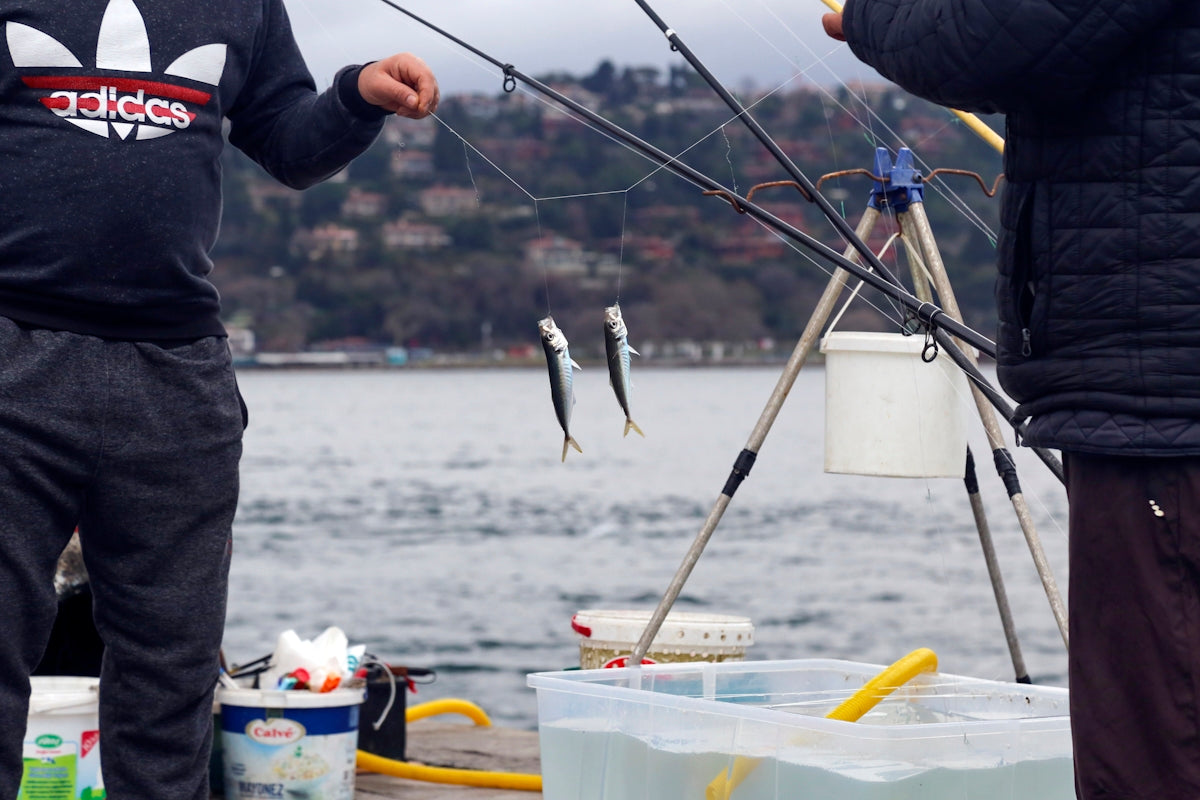Flounder fishing is a rewarding and exciting endeavor, particularly when you have the right tools at your disposal. The Flounder Fishing Mesh 0.28mm x 125mm x 25md x 180m Clear is designed to maximize your chances of a successful catch. In this blog post, we’ll walk you through the step-by-step techniques you need to master using this exceptional mesh for flounder fishing.
Understanding Your Flounder Fishing Mesh
Before we get into techniques, it's essential to understand what makes this mesh ideal for flounder fishing. It features a 0.28mm diameter which provides strength while maintaining flexibility. The 125mm x 25md mesh size is tailored to flounder, ensuring they are efficiently caught. Additionally, the 180-meter length allows you to cover significant areas of water, increasing your likelihood of a catch. The mesh’s clear material is virtually invisible underwater, which helps to not spook the fish.
Preparation and Setup
- Location, Location, Location: Research and choose a fishing spot known for flounder activity. Look for sandy or muddy bottoms in shallow waters as flounders are bottom dwellers.
- Mesh Setup: Measure and cut the desired length from your 180-meter roll of mesh based on your fishing location dimensions. Anchor one end securely to the shore or your boat.
- Deployment Technique: Gradually deploy the mesh into the water, allowing it to sink to the seabed. Ensure that it rests flat along the bottom. This deployment helps in optimizing your catch rate.
The Fishing Process
- Anchor Points: Secure both ends of your mesh to create a stable barrier. This prevents the mesh from shifting with the tide or current, creating a more effective trap for the flounders.
- Monitor and Adjust: Periodically check the mesh to ensure it is lying flat and is effectively trapping fish. If needed, adjust the mesh to cover more promising areas.
- Retrieve and Inspect: Carefully pull the mesh back to the shore or boat, inspecting for catches. Take care in removing flounders from the mesh to avoid damaging your catch or the mesh.
Post-Catch Process
- Mesh Cleaning: After each fishing session, wash your mesh with freshwater to remove any debris or salt. This maintenance step prolongs the life and effectiveness of your mesh.
- Storage: Store your mesh in a dry, cool place away from direct sunlight to prevent material degradation over time.
For a wide selection of fishing nets tailored for New Zealand waters, visit our collection.
By following these steps, you're ensuring that you're using your flounder fishing mesh to its maximum potential, resulting in better chances of a successful catch. Whether you're a seasoned fisherman or a hobbyist, these techniques will aid in optimizing your fishing endeavors.
For more information and an array of high-quality fishing tools and accessories, explore Action Outdoors.

